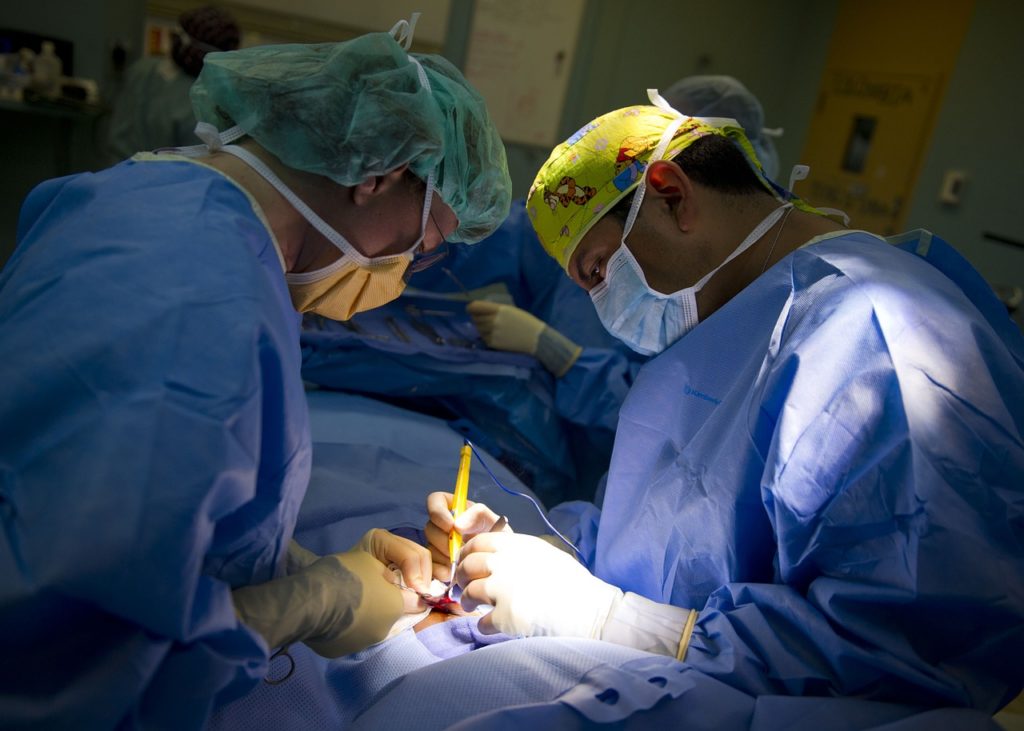The use of electricity in medicine dates back as early as the 18th century, with the advancements in the field progressing simultaneously with the development of electricity. Scientists, during the period discovered how to transfer currents through the human body without causing pain, spasms or burns. Medical uses for electricity developed further in the early 20th century, when William Bovie invented the first electrosurgical generator that is now widely used by medical professionals.
Since then, electrosurgery has progressed in terms of the tools and techniques used. Knowing the differences between the two main techniques – high-frequency electrosurgery and electrocautery – enables medical professionals to determine which is more applicable for the patient. In some cases, several electrosurgical techniques are used in one procedure for best results.
High-Frequency Electrosurgery
High-frequency electrosurgery involves the use of alternating current, which is then converted to heat as it goes through a metal instrument or needle and to the tissue. The tissue is then damaged as a result of the heat build-up.
There are four different methods of high-frequency electrosurgery. Although they all require an electrode to facilitate treatment, the applications and the nature of the procedure differ.
-
Electrodessication and Curettage
After numbing the area, the doctor scrapes off layers of skin using a curette. The surface of the wound is then heated using an electrosurgical device through a metal instrument or needle.
-
Electrofulguration
Fulguration is mostly conducted to treat superficial skin lesions. The electrode is held away from the skin to produce a spark at the surface, resulting in more shallow tissue destruction.
-
Electrocoagulation
Electrocoagulation produces a somewhat damped current to clot small blood vessels. Although it produces lower voltage than electrodessication and curettage, and electrofulguration, it penetrates deeper into the skin, causing greater tissue damage.
This method is further classified to monopolar and bipolar electrocoagulation. The monopolar process involves placing an active electrode on the entry site of the wound. Bipolar electrocoagulation occurs when the current in the patient is restricted to the tissue between the arms of the bipolar forceps.
-
Electrosection
In this procedure, the electrode is used to cut the tissue. The electrode tip, usually in the shape of the needle, is applied through the tissue. Steam advances around the tip and produces a smooth cutting effect with minimal heat damage around the skin.
Electrocautery
Electrocautery refers to the process in which current passes through a heated wire that comes into contact with the tissue. This method is used in various minor procedures in dermatology, ophthalmology, plastic surgery and urology.

Despite their mutual use of electrical treatment, electrosurgery and electrocautery are different from each other. While high-frequency electrosurgery uses alternating current through an electrode, electrocautery utilises direct current, in which electrons flow in one direction. During the process, only the heated wire comes into contact with the tissue. The current does not go through the patient, so the procedure is ideal for patients with implanted electrical devices.
Exceptional Electrosurgical Devices from Hallmark Surgical
At Hallmark Surgical, we provide an exceptional range of instruments for medical professionals of different fields. Our selection of single-use and disposable devices include non-stick bipolar forceps, cables and electrodes.
Each of our products are sourced from industry-leading brands, allowing you to choose devices that best suit you and your patient’s needs.
Send us a message on operate@hallmarksurgical.com to find out more about our products or if you have any enquiries.

